How to Dice Onion
Welcome to my kitchen, and to a brand new series called “In The Kitchen.” This new series will be covering basic cooking techniques, knife skills and kitchen hacks to help make cooking from scratch easier for you. On my very first day of culinary school, the head chef of the school taught us how to dice an onion, so I thought it only appropriate for us to start this new year and this new series with the most fundamental cooking skill of all: how to cut, dice and slice an onion. Plus I also have step-by-step photos showing the best way to slice an onion.
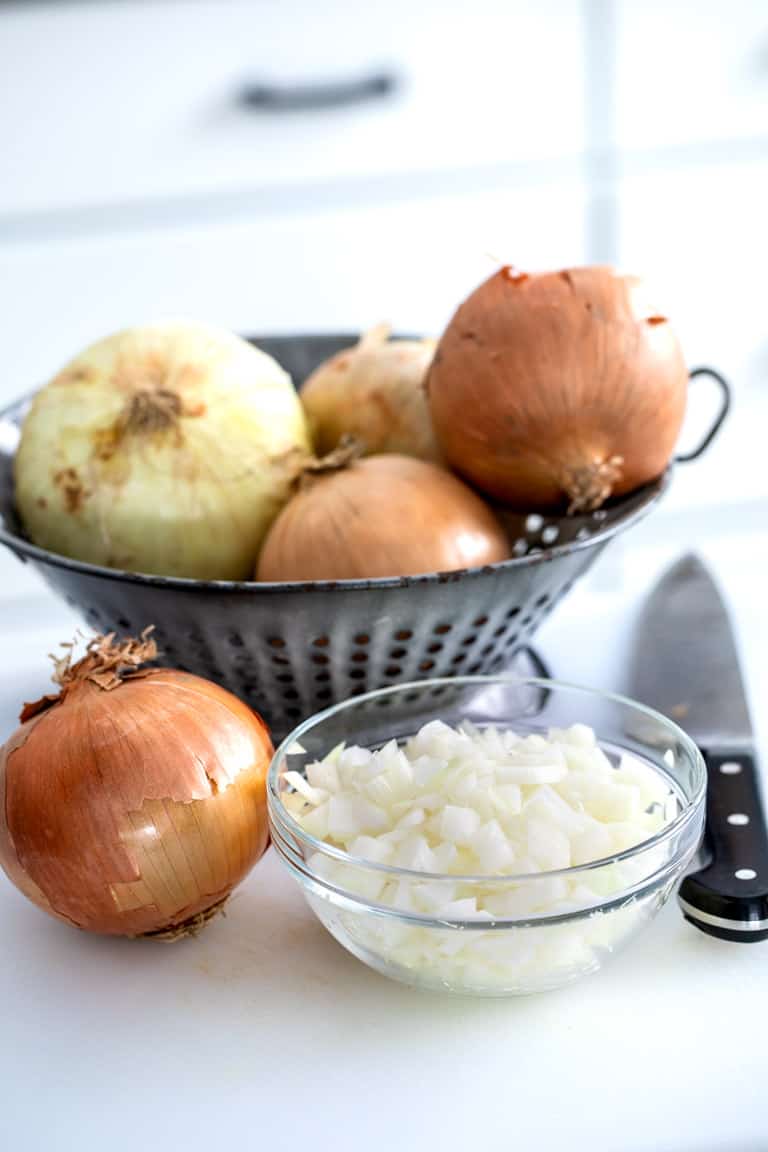
Table of contents
Have I ever told you the story about when I was a personal chef, the time I turned away an otherwise perfect client because they told me the didn’t eat onions? I told them I HAD to cook with onions and it was a deal breaker for me. That’s how important I think onions are to cooking. If you agree, then you’ll want to read on to learn the BEST way to slice an onion, and the proper way to dice an onion.
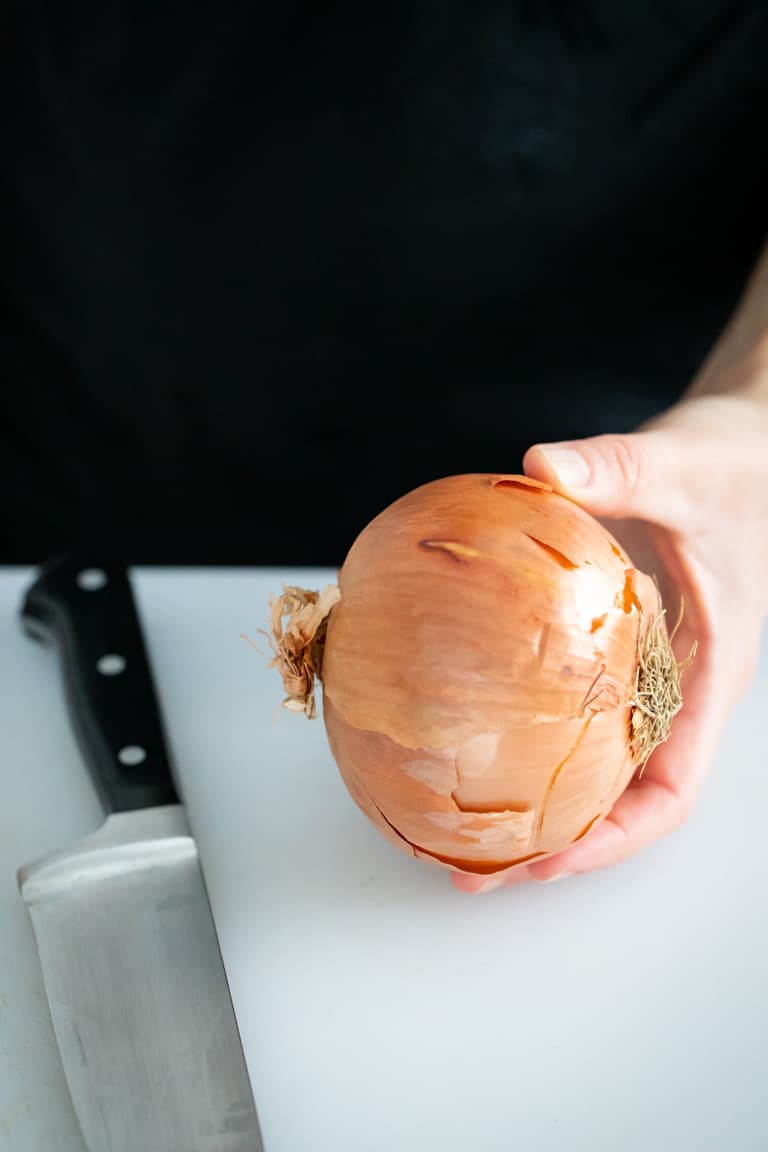
What is the difference between chopped and diced onion?
The difference between chopped and diced is that chopped is looser. There may be some uneven pieces. Dice is ideally small squares of even sizes. Since there are layers to an onion, even an onion that is properly diced will fall apart into sheets, so they will not be cubes (the way diced carrots would stay cubed.)
How to Cut an Onion
Whether or not you are slicing or dicing your onion, this is the first part of the process. This technique will keep dirt and onion skin from getting onto your cut onion, and it is the safest method.

- Remove any very loose papery pieces of onion skin.
- Hold the onion on its side with root-end facing toward knife. Press the onion into the cutting board for maximum stability while removing root. Carefully cut root end off with a sharp Chef’s knife, leaving the core of the root intact.
- Rotate the onion around, and cut off the stem end, just enough so that when you look at the cut surface of the onion, you have cut away any papery skin in the center of the cut end.
- Placing the onion on one cut side, Cut through the center of the root and stem end of the onion to divide it into two equal halves.
- Remove the brown papery skin and first layer of onion from the outside of each half. This outer most layer of onion is actually more tough than the layers underneath, and it won’t break down as much when you cook it. That makes it unpleasant to eat.Now is the best time to clear off your cutting board. If there is any dirt on your board, rinse it off.
- Lay onion cut side down on the work surface.
How to Dice an Onion Step-By-Step

- Leave root core intact to dice the onion. If right handed, place onion half, cut-side down with root end facing left hand. Hold chef’s knife in right and parallel to the cutting board. With left hand held flat on top of the onion, pressing firmly, slice into the onion, at desired thickness (about ¼-inch above the cutting board) from stem end toward root end, stopping just before the root is reached. Repeat at even intervals (about ¼-inch apart) through entire onion.
- Rotate onion so the root end is facing away from you. Slice at even intervals (about ¼-inch apart), stopping the knife tip just short of the root core, with knife perpendicular to the cutting surface (or at a slight angle toward the center axis of the onion.)
- Turn onion to original orientation, so root end is facing your left hand and stem end is facing your left hand. Cut knife through the cut end of the onion, slicing off onion dices as you go. Work all the way to the root end.
- Once you get to the area around the root where you did not slice through in the earlier steps, tip the root end piece over cut-side down and use knife to cut around the core into dice-sized pieces. This will limit waste.
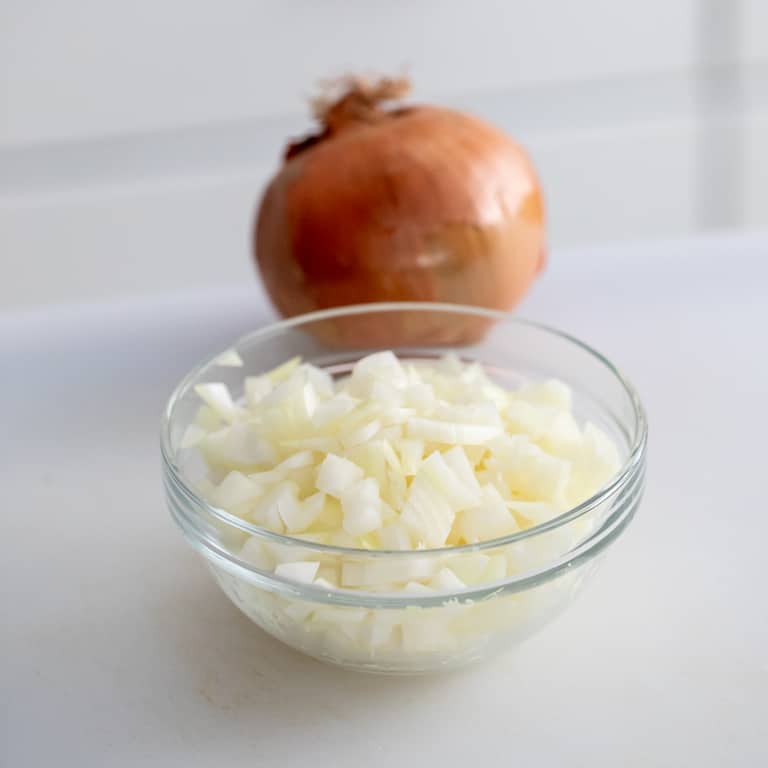
For more information on onions including how to caramelize them, check out this Produce Spotlight, Ultimate Guide To Onions.
What is a French Cut sliced onion?
French slice is when an onion is cut from root end to stem end into pieces that run the length of the onion. This is the preferred method for slicing onion for caramelizing. Benefits of cutting an onion in the French slice method, is that the cell structure will hold the shape of the slices even as it completely softens. They will not break down to mush when cooked for a long time. You will also end up with “c”-shaped slices that are uniformly long. It is more refined because the size of the strips are relatively consistent and will cook at the same rate and provide an even texture in the final dish.

Philly Cut Onions, on the other hand, are cut into slices parallel to the equator of the onion. This is actually a term I made up, because there is no official culinary name for this type of onion cutting. But I think it is an important distinction, and being from Philly, I thought the name appropriate. This is the perferred method for making Philly cheesesteaks. When an onion is cut this way, the onion will break down more rapidly as it cooks which lends itself to fast cooking methods such as making a Philly cheesesteak on a flat top griddle. This is a method of slicing that is useful for more rustic dishes that require quick cooking time.
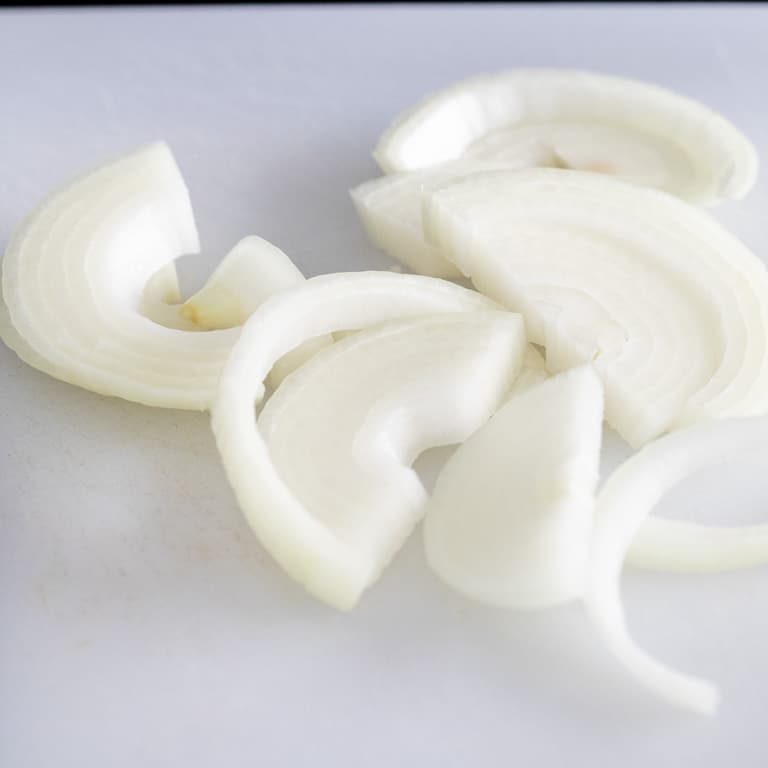
How to Slice an Onion
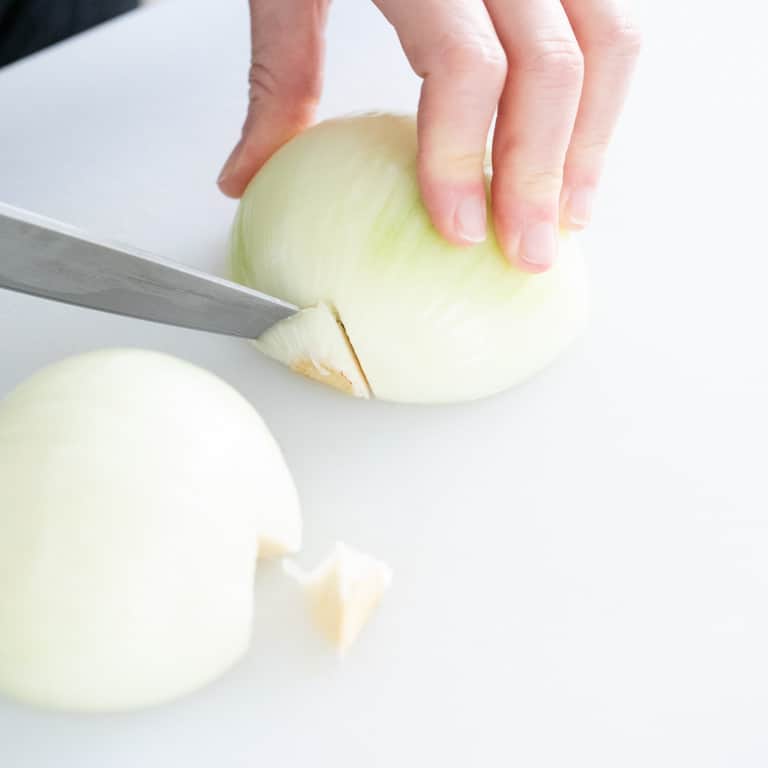
- For French Cut Sliced Onions: Working one half at a time, use tip of Chef’s knife to cut out the root core making a triangle shape.

Cut with knife parallel to the onions root end to stem end, working with the knife slightly angled toward the center axis of the onion. Repeat with the second half.
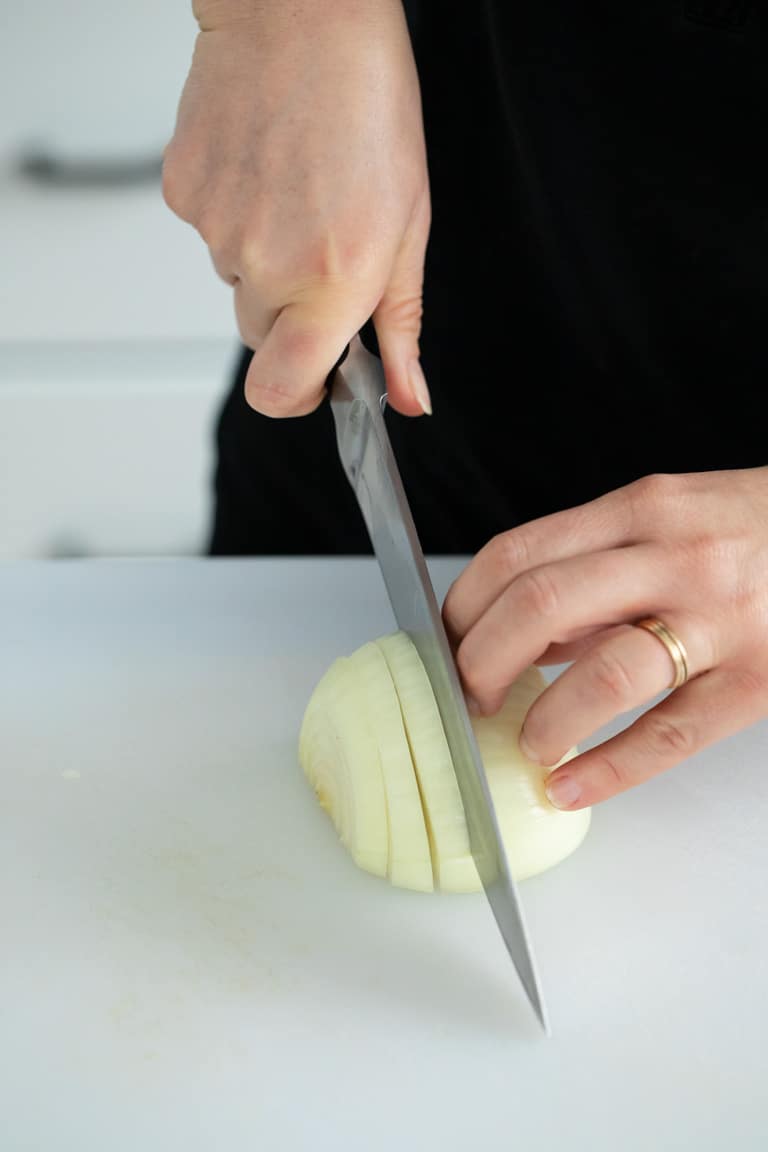
ALTERNATIVELY, For Philly Cut Sliced Onions; Working one half at a time, use tip of Chef’s knife to cut out the root core, making a triangle shape. Cut onion half crosswise into thin slices with knife blade parallel to the equator, starting at root or stem end and slicing to desired thickness across the onion.
Learn More Culinary Skills
More culinary school skills and kitchen tips can be found In The Kitchen along with our Produce Spotlights.
Thanks so much for reading! If you are new here, you may want to sign up for my email newsletter to get a free weekly menu plan and the latest recipes right to your inbox. If you make this recipe, please come back and leave a star rating and review. I would love to hear what you thought!
Happy Cooking! ~Katie
Print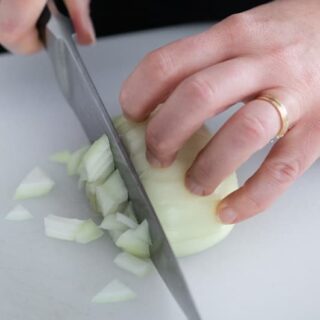
How to Dice Onion
- Total Time: 3 minutes
- Yield: 1 1/2 cups onion 1x
Description
Here are the steps to dice an onion
Ingredients
1 onion
Instructions
- Cut off root end of the onion, leaving the root intact but removing the fine thread like roots and any dirt. Cut off stem end of onion. Cut onion in half root through stem. Remove outer layer of skin and any fibrous layer of onion. Clean cutting board.
- Lay onion cut side down with root end toward your non-dominant hand. Holding knife parallel to the cutting board, slide knife horizontally into the onion at 1/4-inch intervals (or larger if desired) almost to the root, but not through it.
- Turning knife so that it is perpendicular to the board, cut through the onion so the tip stops just short of the root end at 1/4-inch (or larger) intervals.
- Turn onion so that the cut end is facing your dominant hand, cut through the onion to create diced onion pieces that are square or cube like.
- Prep Time: 3 minutes
- Category: mise en place
- Method: knife skills
- Cuisine: all
Nutrition
- Serving Size: 1/4 cup
- Calories: 17 calories


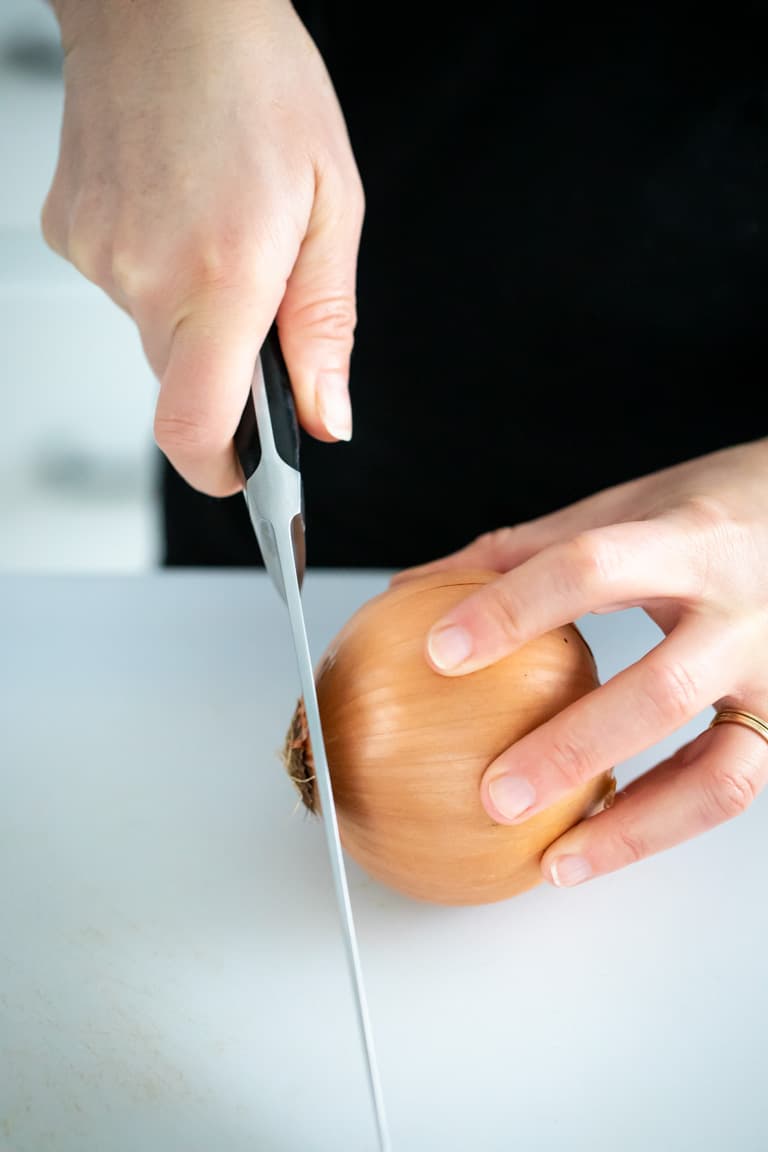
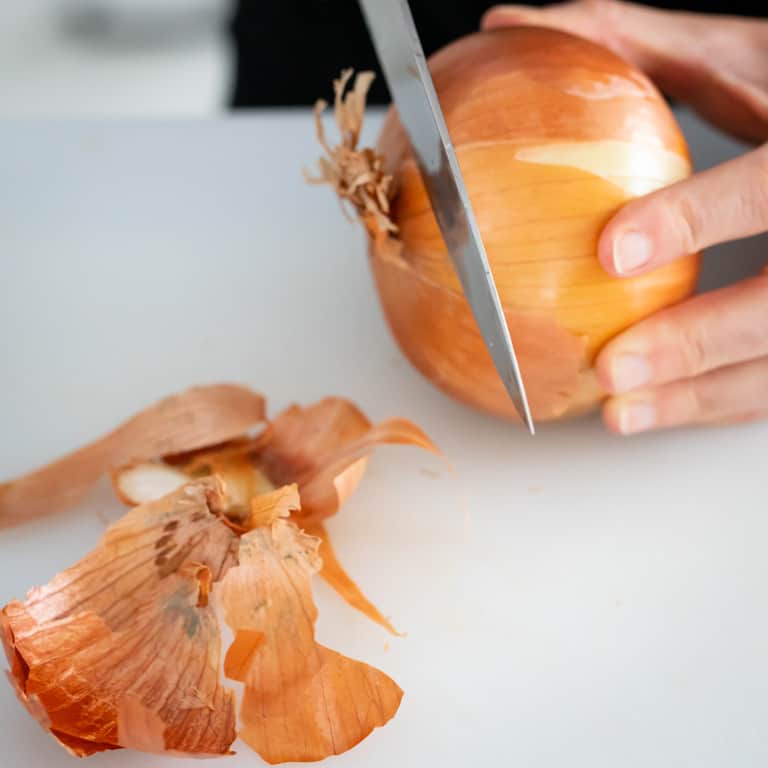

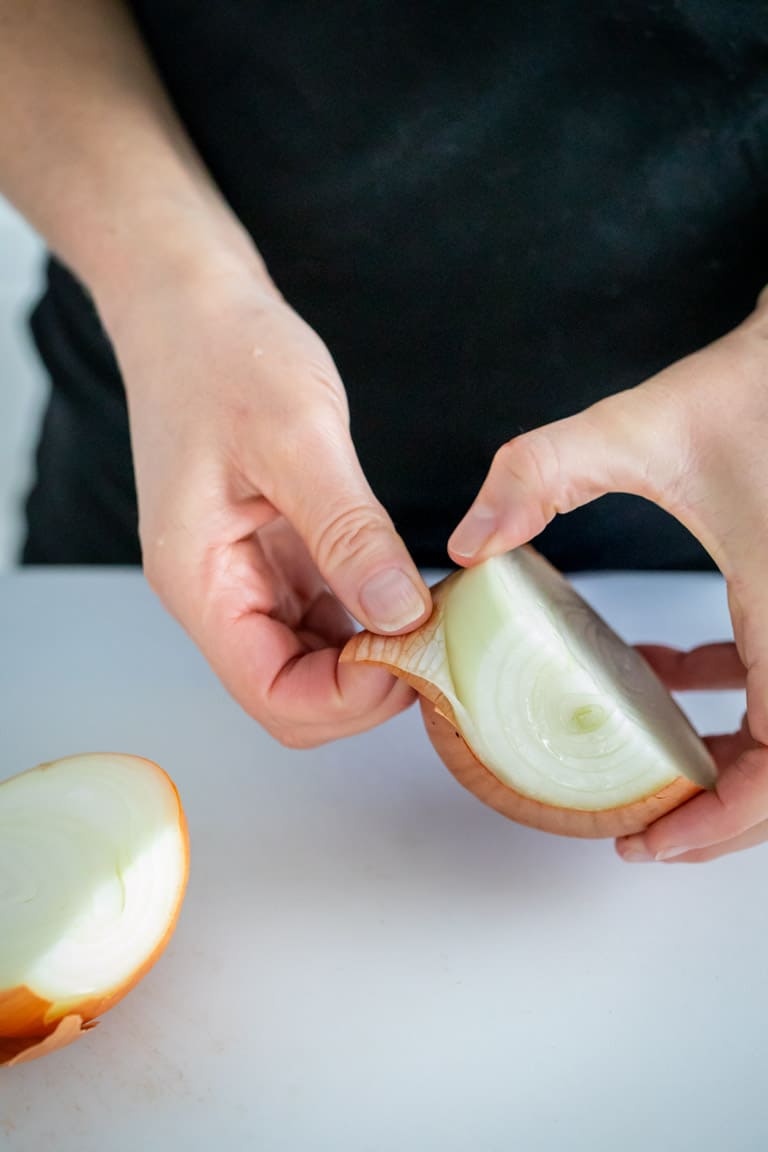
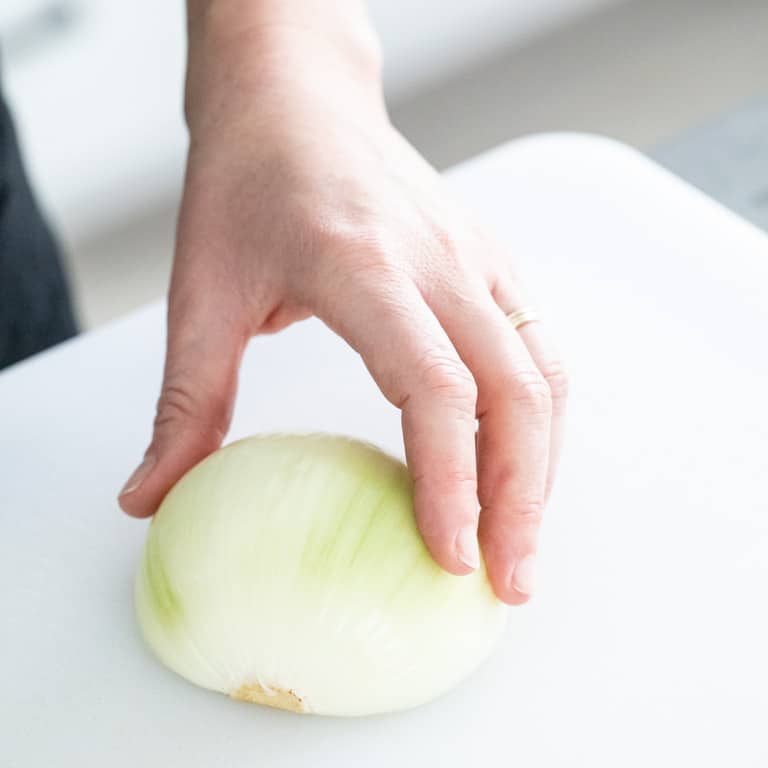
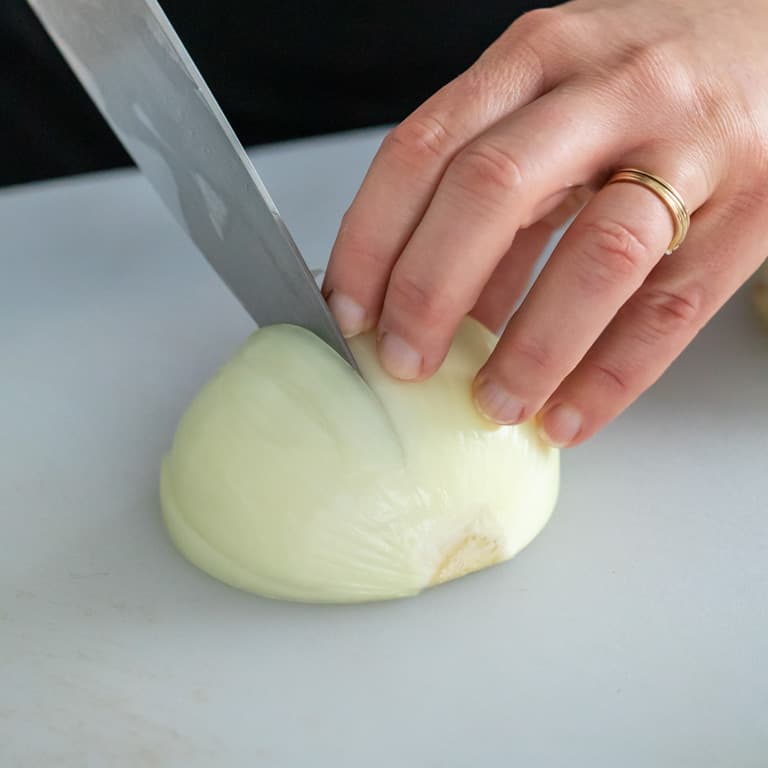
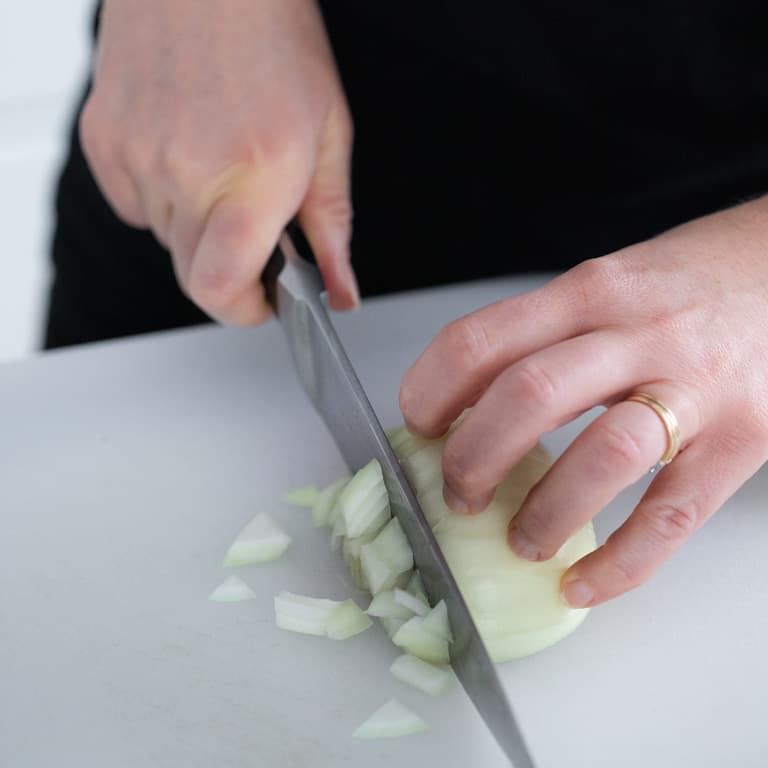
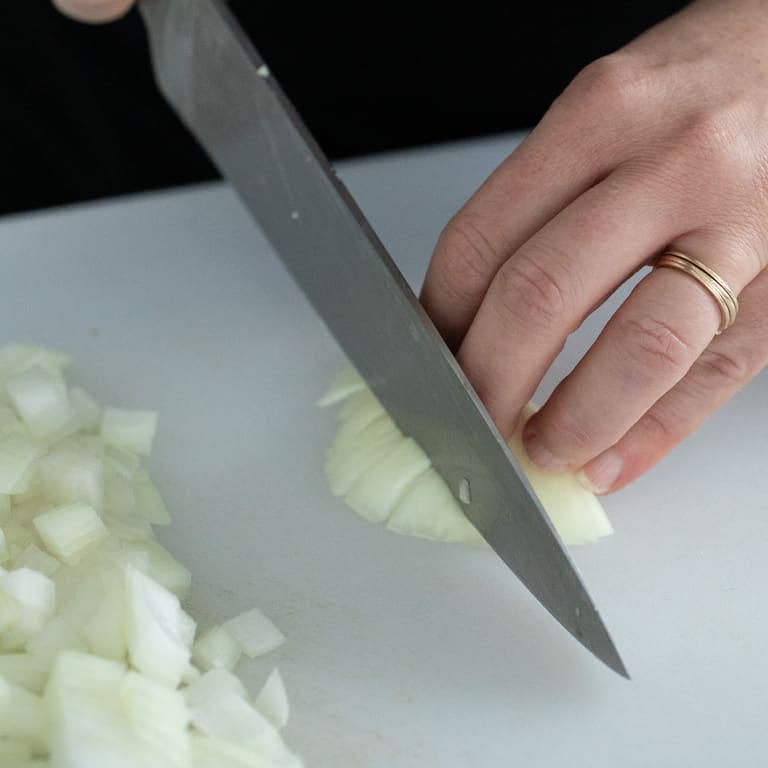

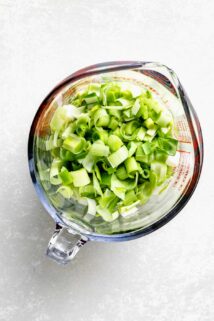
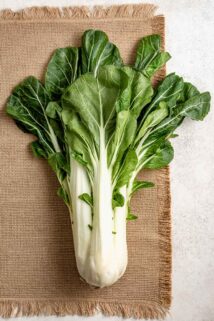




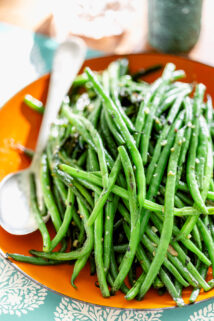


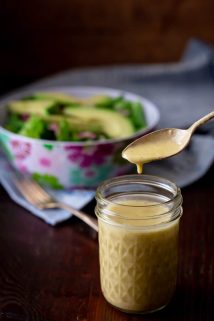

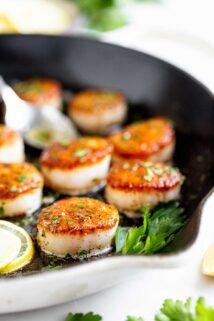



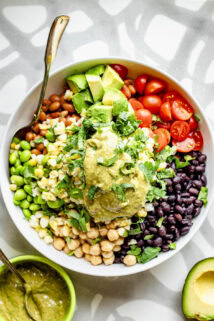

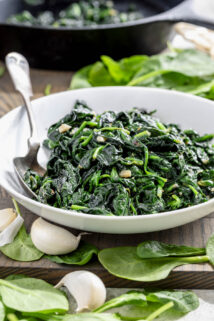
Correct
So glad you approve Raven!
learned how to cut an onion!
That’s great! Keep it up!
What’s the best storing method for the diced onions?
I prefer not to cut onions in advance because they do make the whole fridge smell like onions. If you do want to cut them ahead, try sealing them in a glass snap-lock container or ziplock bag, then refrigerate.
I find a plastic pot keeps the smell out better than a plastic bag or plastic wrap. And it’s best to use the cut onion the next day or two days later, otherwise it looses taste (but it’s still fresh to eat). If the plastic pot smells of onion, washing it two times with soap should take the smell away, or leave soaking with a weak soap water solution 🙂
Thank you for this informative post on how to properly cut an onion, learned a few tips. Thank you!
That’s so great to hear! Thanks Cathy!
There are some things we just take for granted. Cutting onions is one of them. Thanks for this post.
Yes so true! Having worked in restaurant kitchens for years before learning this in culinary school, it was really hard for me to unlearn the way I had been doing it. Now I just take it for granted.
Such helpful step by step instructions – definitely better methods than I’ve been using…
Oh waw. That’s great news. Glad this is helpful. Have a great week Danielle.
So true. I only discovered this method recently and feel like I’ve been missing out my entire life!
How funny! I love that you’ve adapted this method too. It really makes the most sense once you practice it enough for it to become second nature.
Helpful to have the steps broken down, and I’ve not heard the terminology this way (maybe partly as I’m from UK) so at least now I know!
I’m psyched to hear you’re finding this helpful. Have a great week Caroline.
Always a good idea to get a refresher course in dicing an onion. Thanks for breaking down the process.